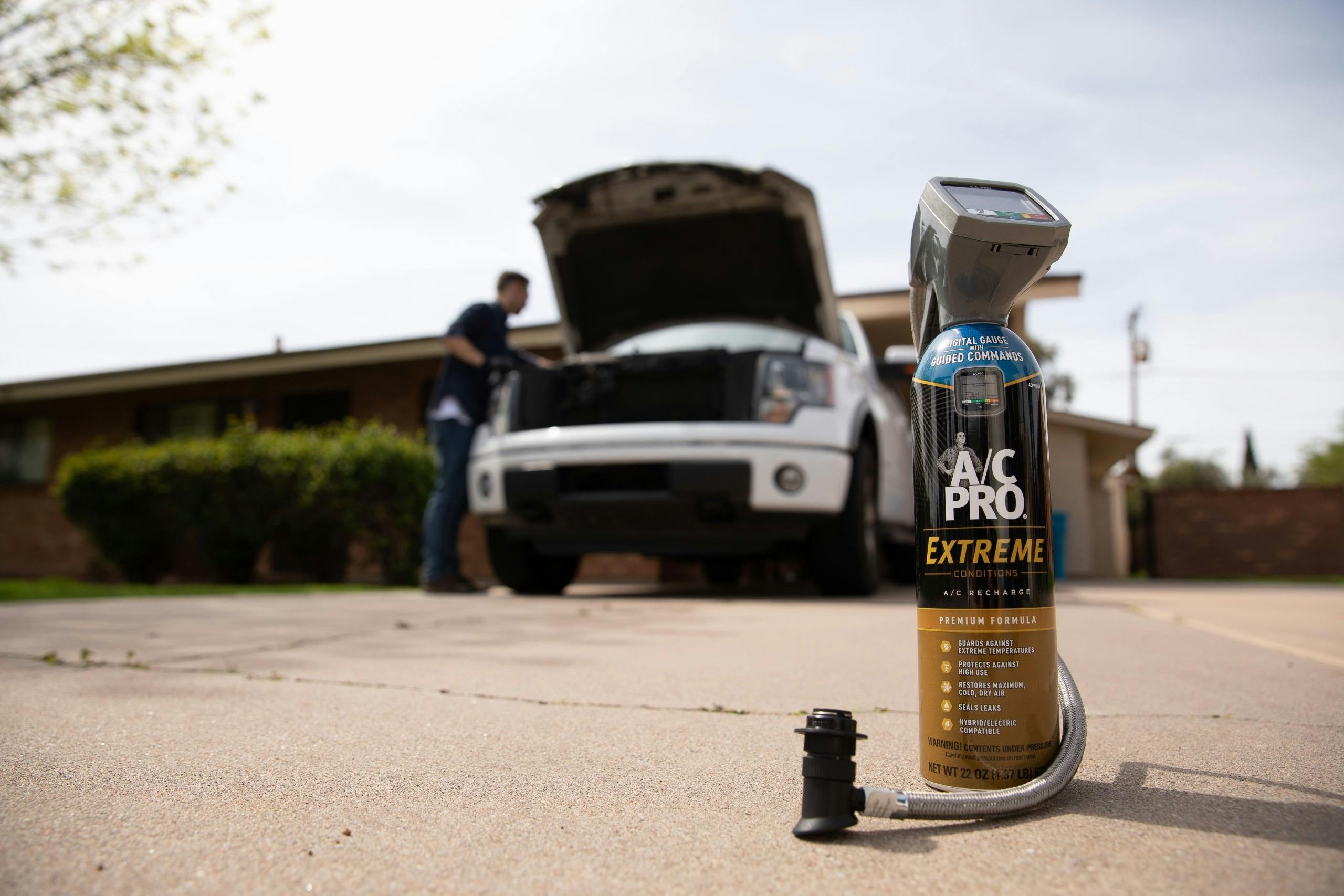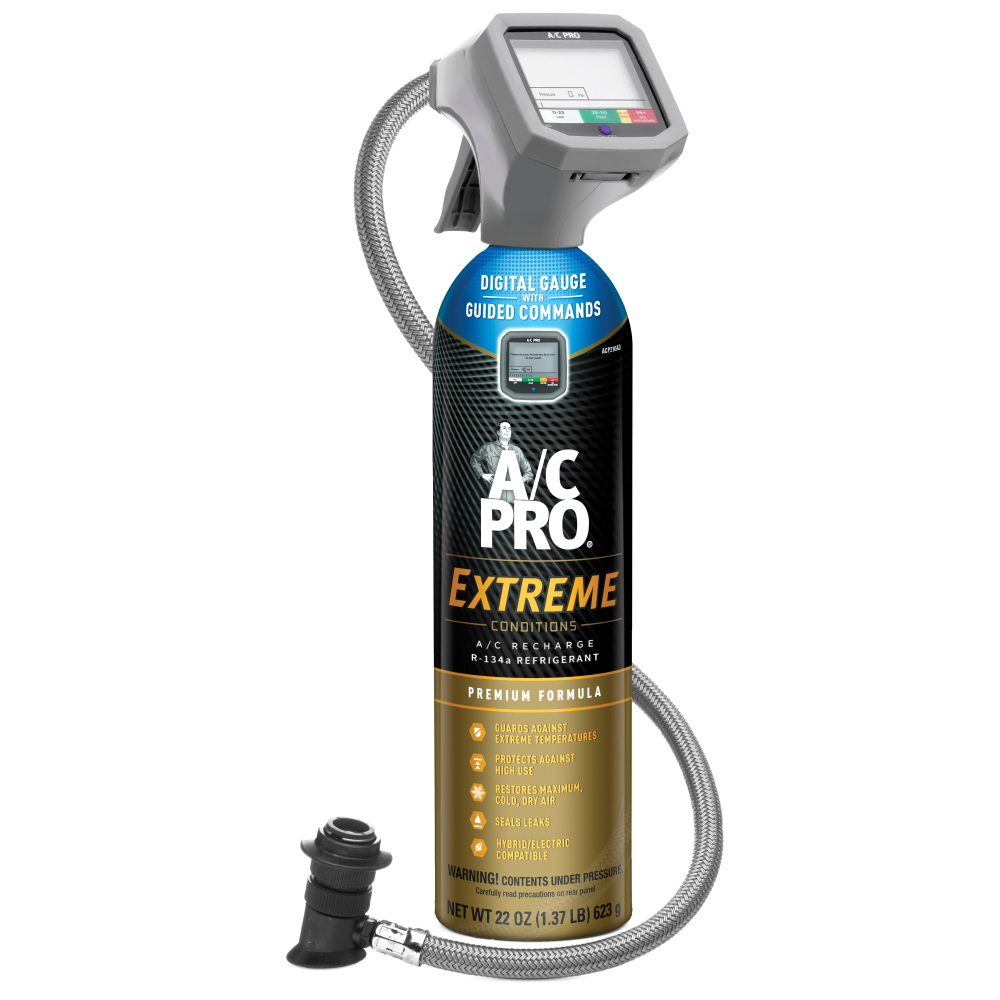Why is my car‘s air conditioning not working after winter?
Table of contents
It’s a really common problem: the first warm day of spring arrives, and you turn on your car or truck’s air conditioner—only to find that it is no longer blowing cold air.
What happened? Your A/C was working fine last fall, and you haven’t touched it since then. What could have possibly happened to the A/C when it hasn’t even been turned on all winter?
Though there are a couple of different things that might have gone wrong, the vast majority of the time, the problem in this situation is the refrigerant.
Refrigerant Leaks
Refrigerant is the pressurized gas that enables your air conditioner to cool the air. If the refrigerant level gets too low, the A/C will still turn on and blow air; the problem is that the air won’t be cooled in the process. It will be the same as the outdoor temperature.
Refrigerant doesn’t get used up (the way your car uses gasoline) or wear out and need to be replaced (like your motor oil). So if the refrigerant level is low, there is only one possible reason: it has leaked out.
If your car A/C has a slow leak that started last summer, the winter months give it enough time to lose most or all of the refrigerant. However, leaks also often start during the winter—not despite your air conditioner not running, but because of it. Auto A/C systems contain many rubber components and seals. When the A/C is running, the lubricants in the system keep the seals from drying out. In the cold, dry air of winter, and with the A/C system sitting idle, the rubber can crack and allow refrigerant to escape.
Fixing the Problem
To help prevent winter leaks, it is recommended that you turn on your air conditioner occasionally during the winter months. Many cars do this automatically whenever you turn on the defroster, since running the air conditioning helps remove humidity from the air and therefore reduces window fogging.
If your car is blowing hot air because the refrigerant has already leaked out over the winter, you can easily recharge the system using A/C Pro®. Our standard A/C Pro® All In One Solution contains everything you need to fill your A/C with refrigerant while simultaneously stopping the rubber seal leaks that caused the problem. Keep in mind that not all leaks are in the rubber components—some are in the metal parts of the system. In this case (or if you are not sure), you will need to use A/C Pro® Super Seal, a product that contains additives that condition the rubber components but also seals metal leaks. Simply add the Super Seal, and then charge your system to the proper pressure.
Have any questions? Feel free to contact us. We’re always happy to help.






